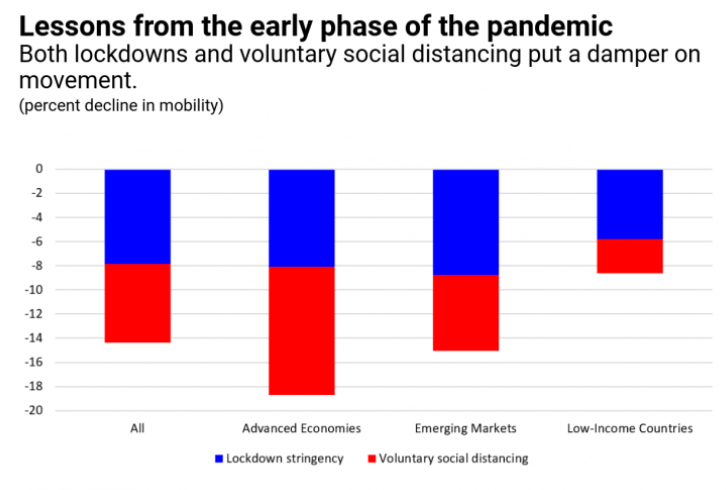A Hobbled Recovery Along Entrenched Fault Lines
The global recovery continues but momentum has weakened, hobbled by the pandemic. Fueled by the highly transmissible Delta variant, the recorded global COVID-19 death toll has risen close to 5 million and health risks abound, holding back a full return to normalcy. Pandemic outbreaks in critical links of global supply chains have resulted in longer than expected supply disruptions, feeding inflation in many countries. Overall, risks to economic prospects have increased and policy trade-offs have become more complex.





